 1859 - 1937
realism
1859 - 1937
realism
Description Henry Ossawa Tanner
Henry Ossawa Tanner, born on June 21, 1859, in Pittsburgh, Pennsylvania, defied racial barriers to become a trailblazing African American artist of international acclaim. Tanner's artistic journey unfolded against the backdrop of post-Civil War America, marked by racial tension and a fervent desire for artistic expression.
Tanner's early life was influenced by his deeply religious family, which provided a foundation for his later spiritual-themed works. Encouraged by his father, a bishop in the African Methodist Episcopal Church, Tanner pursued his passion for art, despite facing racial prejudice.
In 1891, Tanner made a pivotal move to Paris, seeking an environment more conducive to his artistic pursuits. In the vibrant art scene of Montmartre, he found both acceptance and inspiration. Paris became a sanctuary where his talent flourished, and he developed a unique style marked by atmospheric effects and a mastery of light.
Tanner's breakthrough came with his painting "The Banjo Lesson," which not only showcased his technical prowess but also challenged prevailing racial stereotypes. His art reflected a nuanced exploration of African American life, capturing dignity and humanity.
Tanner's spiritual subjects, such as "The Resurrection of Lazarus," revealed his deep faith and resonated with audiences worldwide. His ability to infuse biblical narratives with emotional depth and luminosity earned him international recognition, including a gold medal at the Exposition Universelle in Paris in 1900.
Despite the challenges of being an African American artist in a racially divided America, Tanner's talent transcended borders. He became the first African American artist to receive widespread acclaim and recognition in both the United States and Europe. His success paved the way for future generations of Black artists.
Henry Ossawa Tanner passed away on May 25, 1937, leaving behind a legacy that extended beyond the canvas. His art not only broke racial barriers but also challenged conventional norms, inspiring a broader understanding of the African American experience. Tanner's journey from Pittsburgh to Paris echoed the resilience and triumph of the human spirit, making him an enduring figure in the annals of art history.
Gallery
Paintings Henry Ossawa Tanner
Quotes
Art is the revelation of something that the artist senses and, simultaneously, conceals.
My effort has been to not only put the Biblical incident in the original setting... but at the same time give the human touch.
It is my ambition to say in ten sentences what others say in a whole book.
I paint because the spirits whisper madly inside my head.
Art is not what you see, but what you make others see.
F.A.Q Section
"The Banjo Lesson" (1893): A poignant portrayal of an older man teaching a young boy to play the banjo, highlighting Tanner's skill in capturing everyday life.
"The Resurrection of Lazarus" (1896): A powerful depiction of the biblical story of Lazarus, showcasing Tanner's mastery in handling light and shadow and conveying spiritual themes.
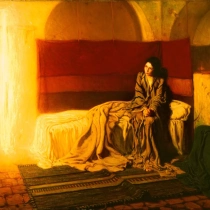

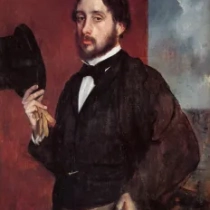


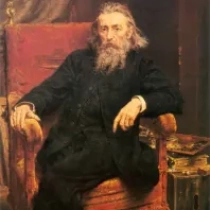

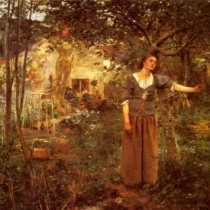
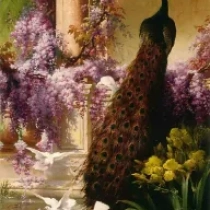

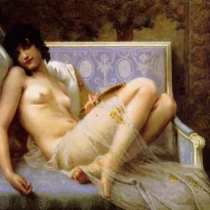



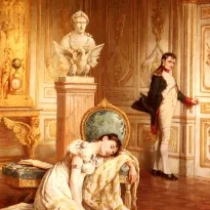
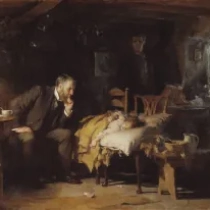


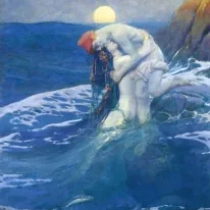




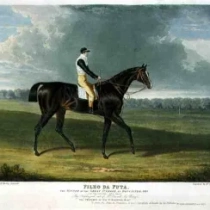
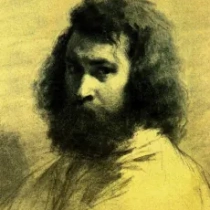





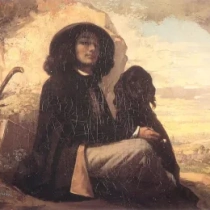
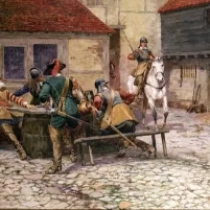









No Comments Yet...